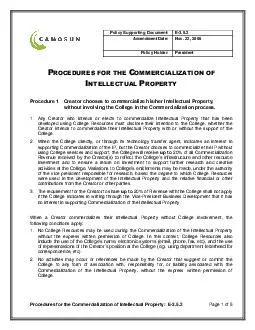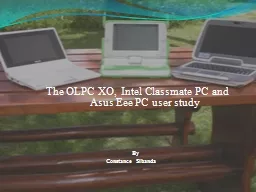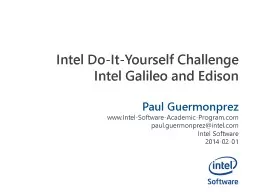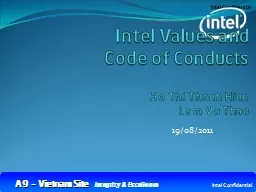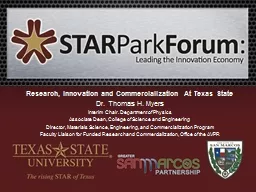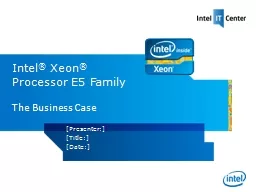PDF-Procedures for the Commercialization of Intel lectual Property E
Author : jane-oiler | Published Date : 2015-03-08
52 Page of Policy Supporting Document 352 Amendment Date Nov 22 2006 Policy Holder President ROCEDURES FOR THE OMMERCIALIZATION OF NTELLECTUAL ROPERTY Procedure
Presentation Embed Code
Download Presentation
Download Presentation The PPT/PDF document "Procedures for the Commercialization of ..." is the property of its rightful owner. Permission is granted to download and print the materials on this website for personal, non-commercial use only, and to display it on your personal computer provided you do not modify the materials and that you retain all copyright notices contained in the materials. By downloading content from our website, you accept the terms of this agreement.
Procedures for the Commercialization of Intel lectual Property E: Transcript
Download Rules Of Document
"Procedures for the Commercialization of Intel lectual Property E"The content belongs to its owner. You may download and print it for personal use, without modification, and keep all copyright notices. By downloading, you agree to these terms.
Related Documents

